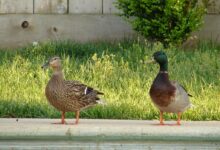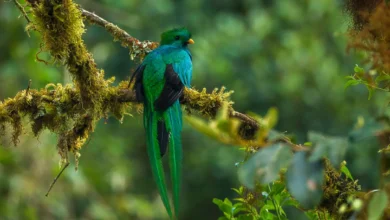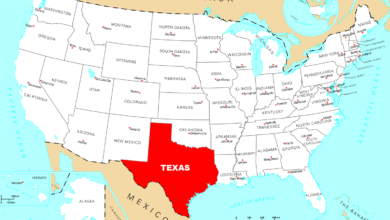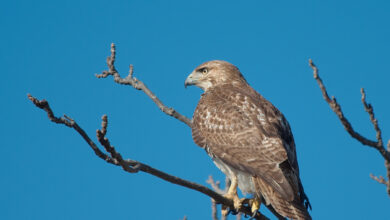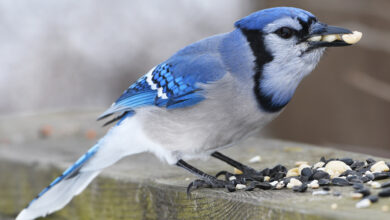Top 10 Ugliest Birds of the World

Nature is full of surprises, and its diversity is one of the most fascinating aspects. While many of us are drawn to certain bird species’ stunning colors and graceful forms, some might not win a beauty contest but play crucial roles in their ecosystems. These “ugly” birds, with their unique features and behaviors, remind us that beauty is truly in the eye of the beholder.
Here are the “Top 10 Ugliest Birds of the World,” each with distinct characteristics and importance in the natural world.
Marabou Stork

Overview
The Marabou Stork, often called “the undertaker bird,” is a large wading bird in sub-Saharan Africa. It has a reputation for its less-than-attractive appearance, but it’s vital to its habitat.
Physical Characteristics
Standing tall at up to 5 feet with a wingspan of around 10 feet, the Marabou Stork is hard to miss. Its bald head, pendulous pink throat sac, and scruffy feathers give it a somewhat macabre look. Its legs are long and thin, often appearing white due to its habit of defecating on them for cooling purposes.
Habitat and Behavior
Marabou Storks are scavengers, often seen near human settlements or landfills. They are critical in cleaning the environment by consuming carcasses and waste. Despite their unattractive appearance, their presence is essential for maintaining ecological balance.
Turkey Vulture
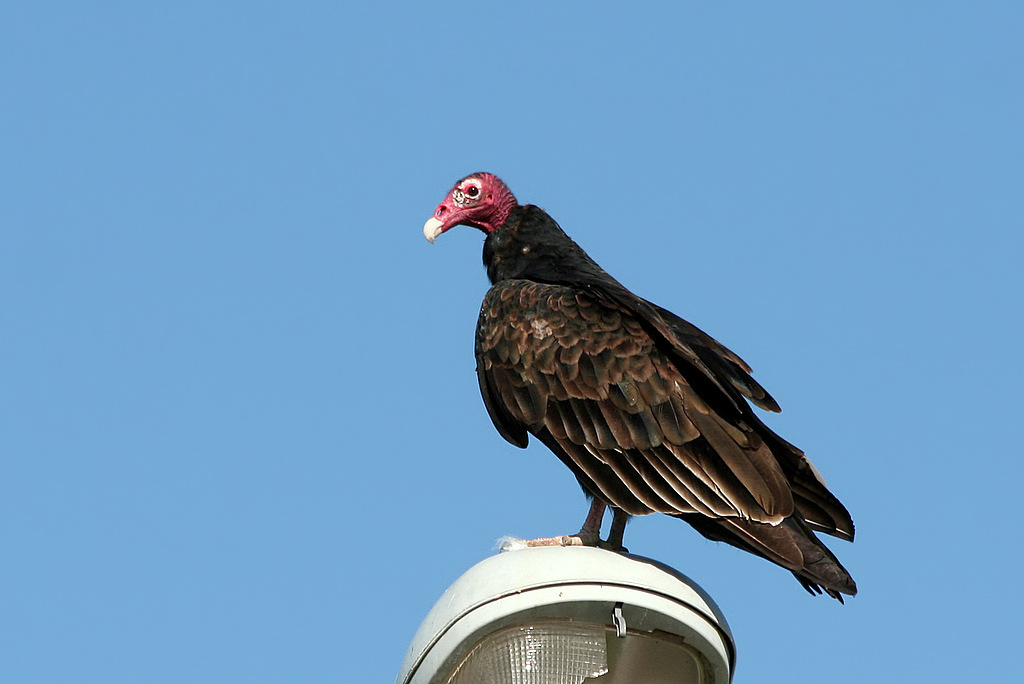
Overview
The Turkey Vulture, native to the Americas, is another bird not celebrated for its looks. However, it’s a master of soaring and an important scavenger.
Physical Characteristics
Turkey Vultures have a red, bald head and dark feathers. Their heads lack feathers to stay clean while feeding on carrion. They have a keen sense of smell, unusual for birds, which helps them locate food.
Habitat and Behavior
These vultures are commonly found in open areas, forests, and deserts. They’re highly efficient at finding and consuming dead animals, which helps prevent the spread of diseases. Their ability to soar for hours with minimal effort is a remarkable feat of aerodynamics.
Shoebill Stork
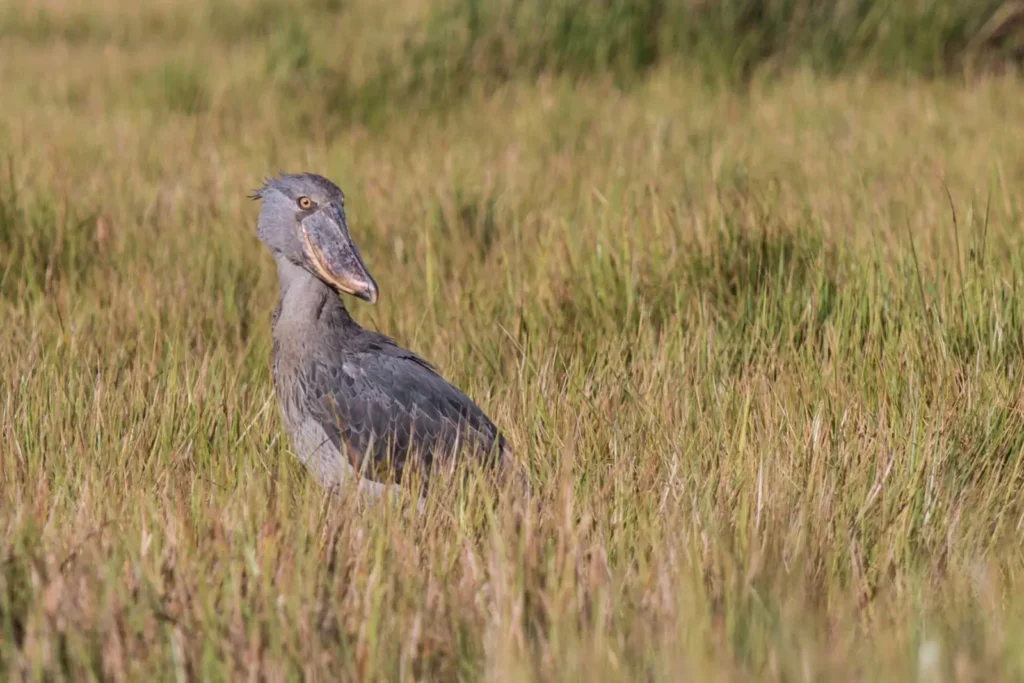
Overview
The Shoebill Stork, found in the swamps of central tropical Africa, is known for its prehistoric and somewhat intimidating appearance.
Physical Characteristics
The Shoebill is fascinating and eerie. It has a large, shoe-shaped bill, bluish-gray feathers, and a height of up to 5 feet. Its bill is perfectly adapted for catching fish and other aquatic prey.
Habitat and Behavior
Shoebill Storks are solitary birds, preferring the quiet and seclusion of swamps and marshes. Their hunting method involves standing still for long periods, waiting to strike with impressive speed and accuracy.
Greater Adjutant
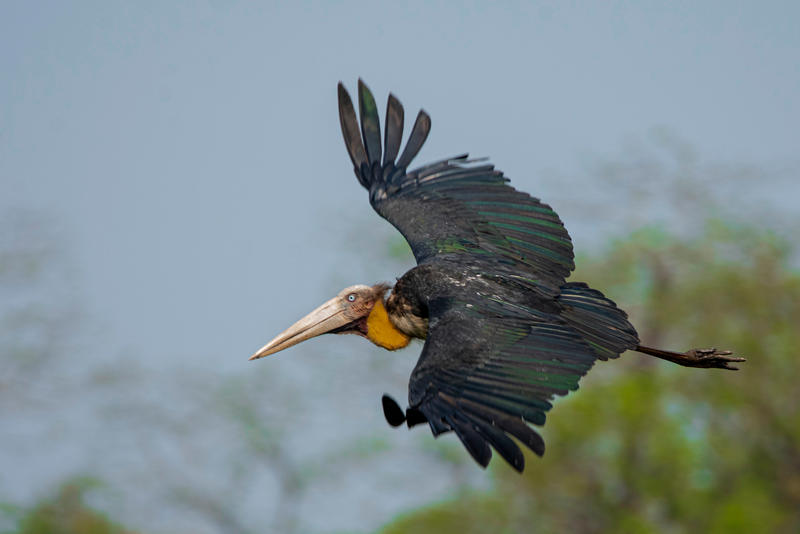
Overview
The Greater Adjutant is a member of the stork family, found in parts of India and Southeast Asia. It’s notable for its bald head and large size.
Physical Characteristics
This stork has a distinctive look with a bare head, a large, inflatable throat sac, and a robust body. It can reach heights of up to 5 feet and has a wingspan of around 8 feet.
Habitat and Behavior
Greater Adjutants are often found near water bodies, scavenging for food. They are social birds, frequently seen in groups. Their cleaning of carcasses and waste makes them invaluable to their ecosystems.
California Condor

Overview
The California Condor is one of the world’s largest flying birds found in North America. Despite its unattractive appearance, it’s a symbol of conservation success.
Physical Characteristics
The California Condor is imposing with a bald head, long neck, and a wingspan of up to 10 feet. Its black feathers and white underwing patches make it recognizable in flight.
Habitat and Behavior
California Condors prefer mountainous regions and canyons. They are scavengers, feeding primarily on carrion. Conservation efforts have helped increase their population from the brink of extinction.
Andean Condor
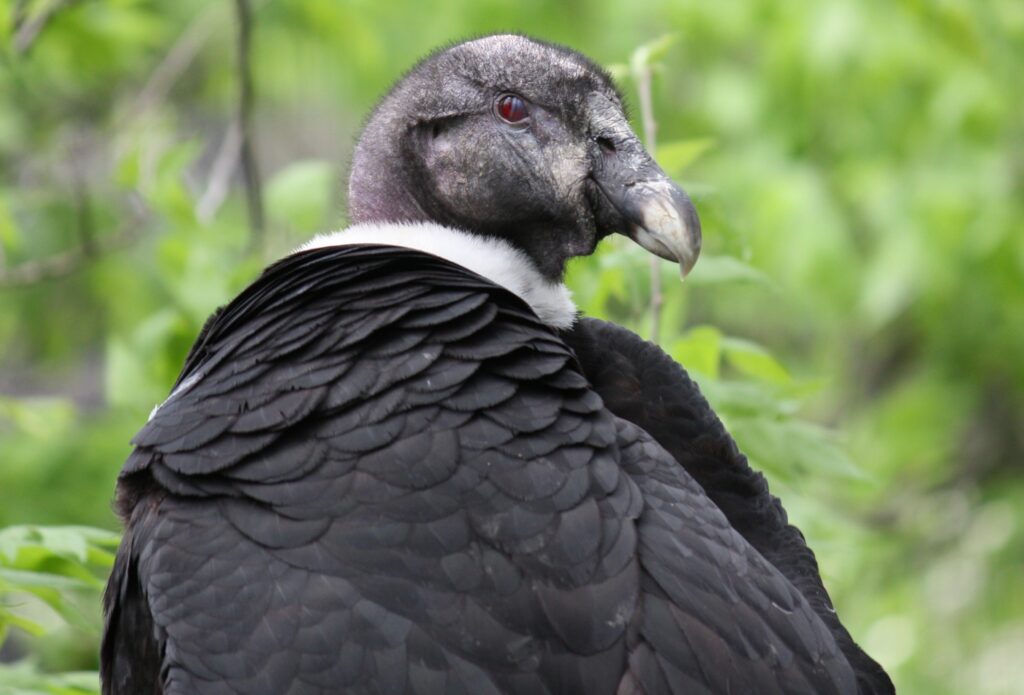
Overview
The Andean Condor, native to South America, is another large bird with a somewhat ungainly appearance but significant ecological importance.
Physical Characteristics
It has a bald head, black feathers, and a white ruff of feathers around its neck. The Andean Condor’s wingspan can reach over 10 feet, making it one of the largest birds capable of flight.
Habitat and Behavior
These condors are found in mountainous regions and along coastlines. They are efficient scavengers, helping to keep the environment clean by feeding on dead animals.
Muscovy Duck
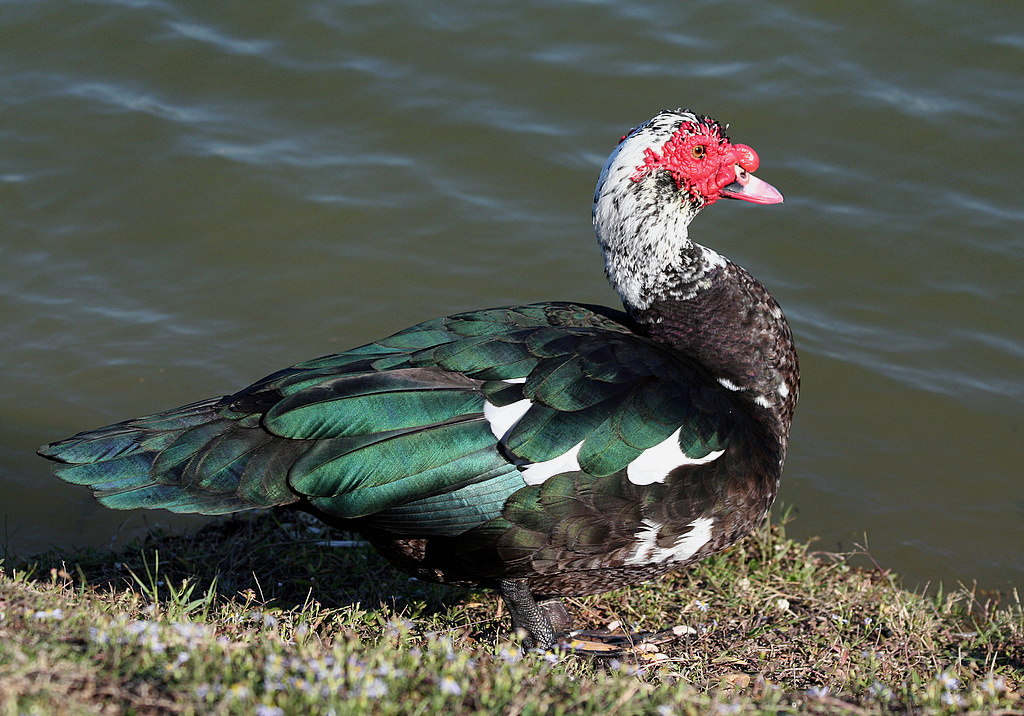
Overview
The Muscovy Duck, originally from Central and South America, is known for its distinctive and unattractive features.
Physical Characteristics
Muscovy Ducks have red, warty facial skin, contrasting their black and white plumage. They are larger than most domestic ducks, with males weighing up to 15 pounds.
Habitat and Behavior
These ducks are often found near water bodies such as ponds and rivers. They are social animals and can be quite friendly, often seen in urban parks.
Kakapo
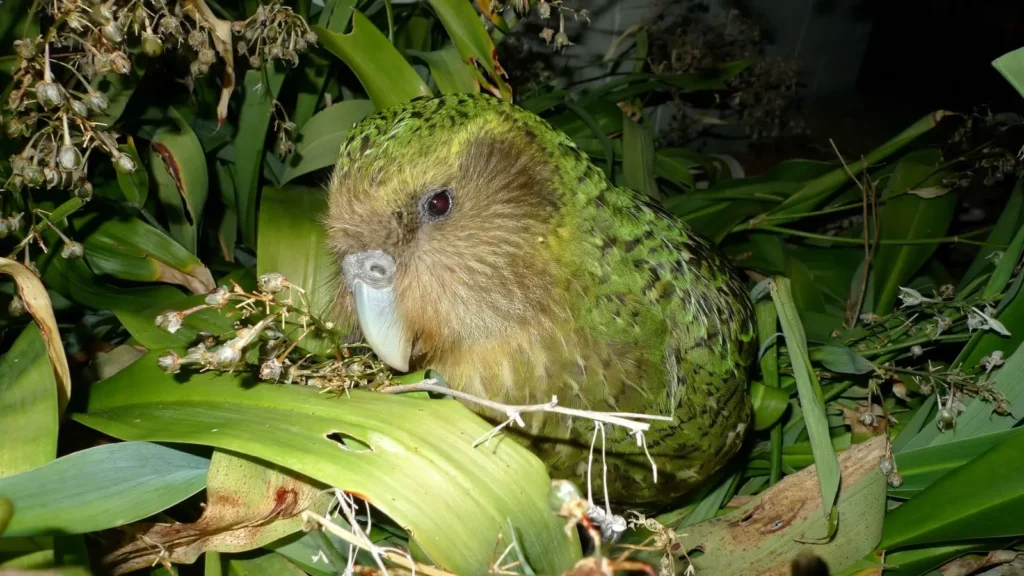
Overview
The Kakapo, or owl parrot, is a nocturnal and flightless bird from New Zealand with a unique look and fascinating behavior.
Physical Characteristics
Kakapos have a moss-green coloration, a large beak, and a facial disc of feathers, giving them an owl-like appearance. They are heavy for parrots, with some weighing up to 9 pounds.
Habitat and Behavior
These parrots are found in forested areas and are known for their nocturnal habits. Kakapos are critically endangered, and extensive conservation efforts are underway to protect them.
Sri Lanka Frogmouth
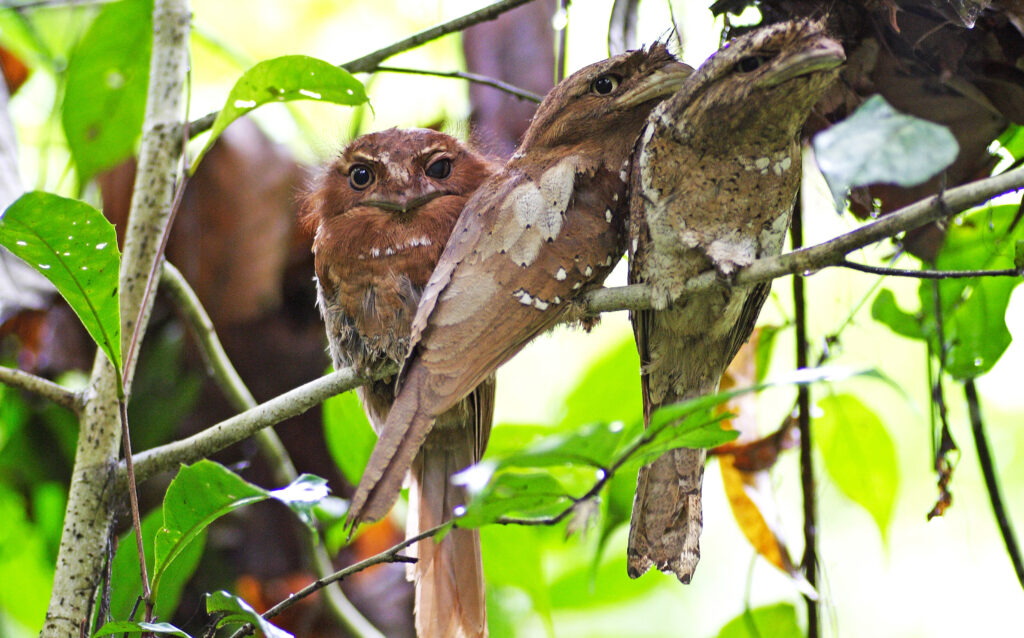
Overview
The Sri Lanka Frogmouth is a small, nocturnal bird found in the forests of Sri Lanka and southern India. It has a peculiar, frog-like appearance.
Physical Characteristics
This bird has a large, flattened beak and wide mouth, giving it a frog-like look. Its plumage is mottled brown, providing excellent camouflage.
Habitat and Behavior
Sri Lanka Frogmouths are solitary and elusive. During the day, they often hide in dense foliage. They feed on insects and small invertebrates.
Philippine Eagle
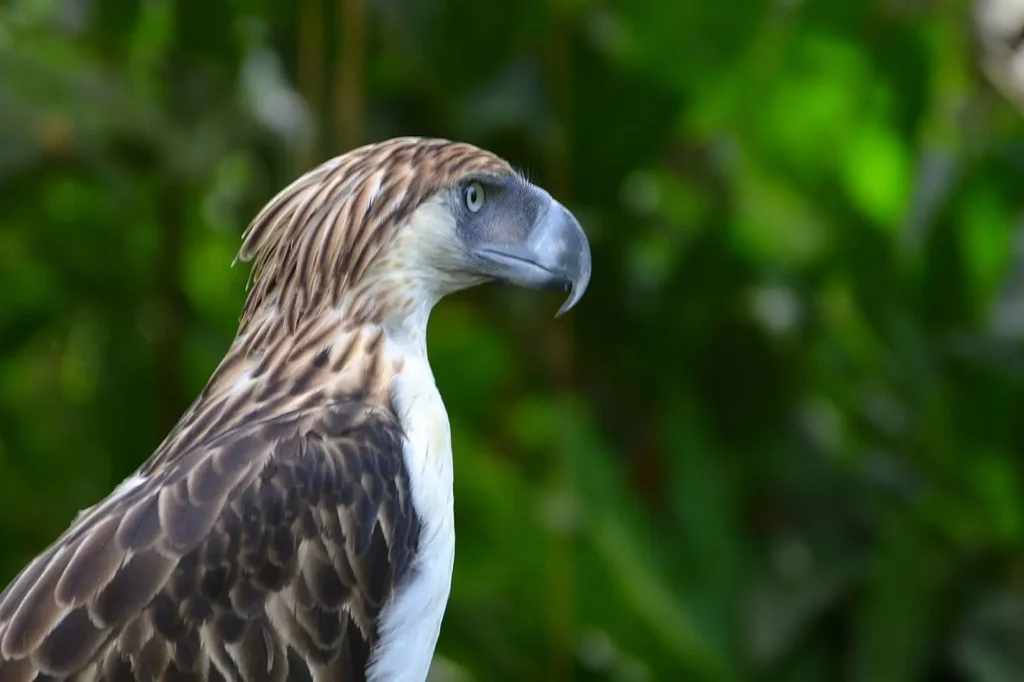
Overview
Despite its somewhat rough appearance, the Philippine Eagle, also known as the monkey-eating eagle, is one of the largest and most powerful birds of prey.
Physical Characteristics
This eagle has a shaggy crest, a large beak, and powerful talons. Its brown and white plumage adds to its majestic yet intimidating look.
Habitat and Behavior
Philippine Eagles are found in the rainforests of the Philippines. They are apex predators that hunt monkeys, birds, and other small animals. Conservation efforts are critical for this endangered species.
Last Words for Ugliest Birds of World
The world’s ugliest birds have a unique charm and play vital roles in their ecosystems. Their appearances, though unconventional, remind us of the incredible diversity of life on Earth. By appreciating and conserving these unique creatures, we maintain nature’s intricate balance.
FAQs
Why are some birds considered ugly?
Birds are often considered ugly due to their unconventional features, such as bald heads, large beaks, or unusual feather patterns. However, these traits often serve specific purposes in their survival.
Do ugly birds face different survival challenges?
Ugly birds face the same survival challenges as other birds, including finding food, avoiding predators, and reproducing. Their unique features sometimes aid in these tasks.
Can the appearance of birds change over time?
Yes, birds’ appearance can change over time due to evolution, environmental factors, and genetic mutations. These changes help birds adapt to their surroundings.
Are any of these birds endangered?
Several of these birds, such as the California Condor, Kakapo, and Philippine Eagle, are endangered. Conservation efforts are crucial to their survival.
How can we help in bird conservation?
We can help in bird conservation by supporting wildlife conservation organizations, protecting natural habitats, and raising awareness about the importance of these birds.

